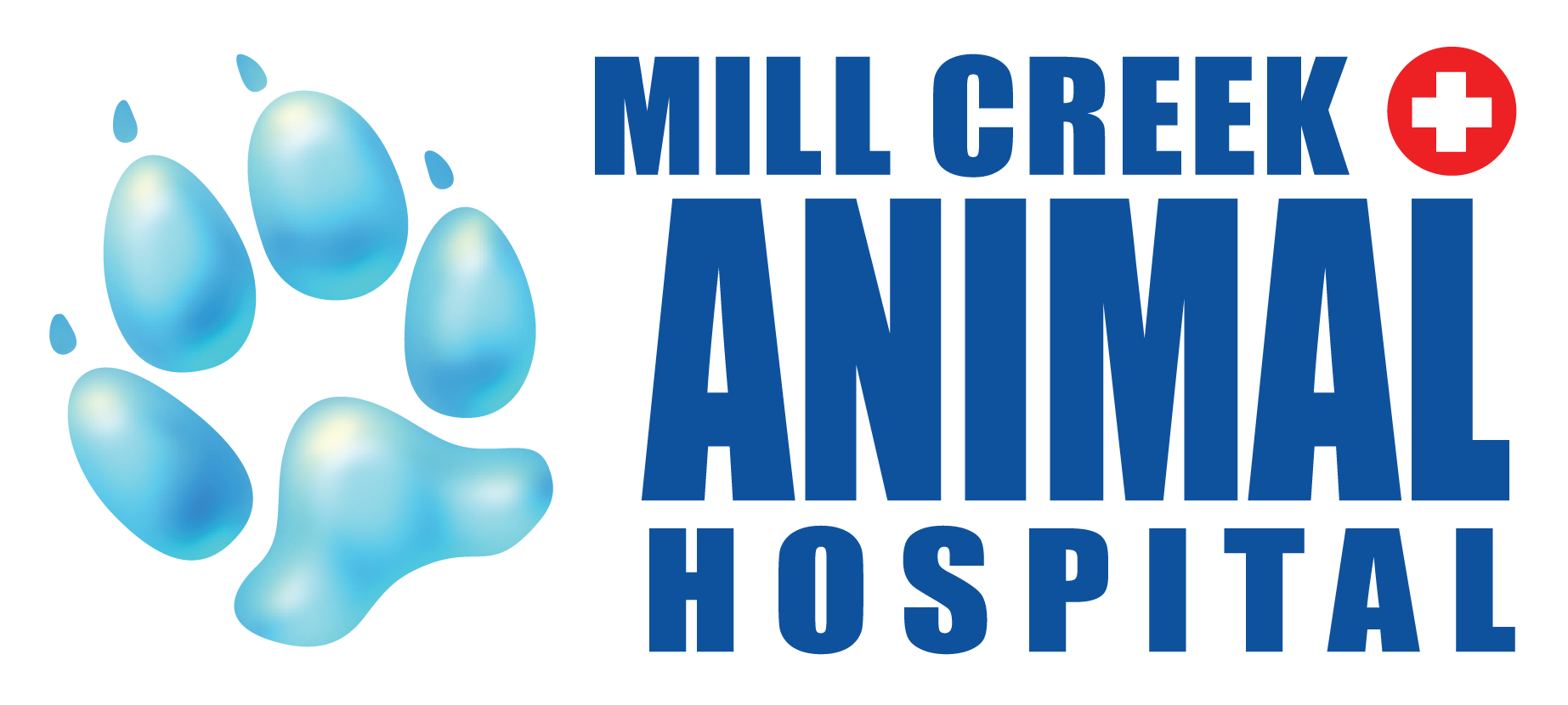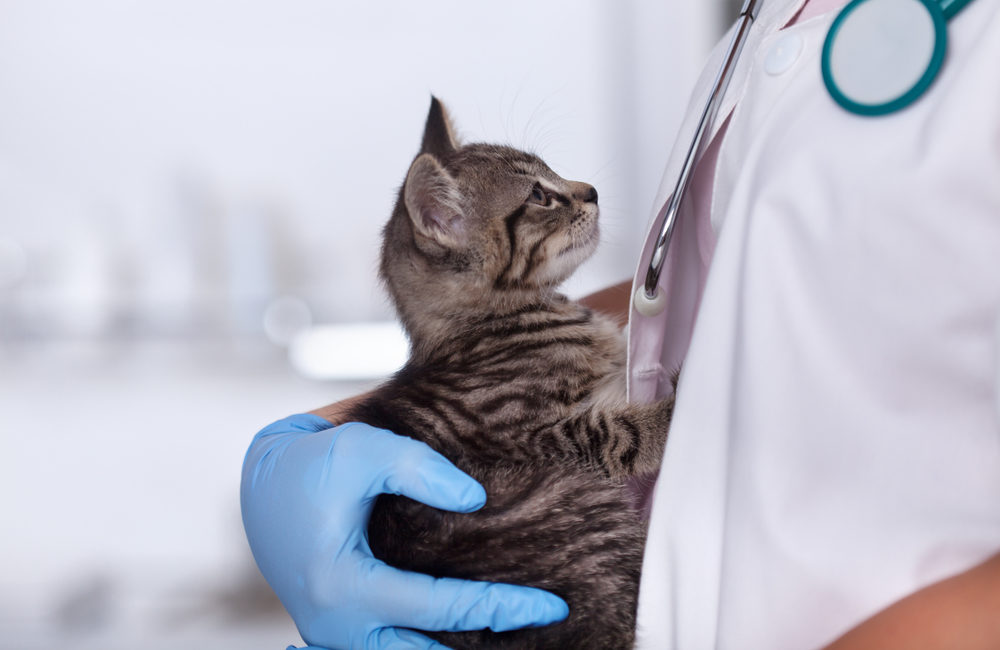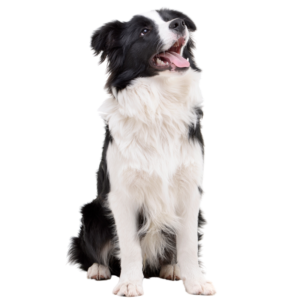Having your pet go under anesthetic for a procedure can be nerve-wracking. Here is a brief overview of what your pet will experience with a general anesthetic. Every anesthetic procedure is different and may vary from below.
Pre-anesthetic Lab Work
We highly recommend pre-anesthetic lab work prior to any anesthetic procedure. This typically includes a blood panel (complete blood count and chemistries) and sometimes, depending on the pet, a urinalysis. Knowing the inner-workings of your pet can allow your veterinarian to alter the anesthetic protocol based on your pet’s organ function. If there any major abnormalities found, the procedure may be post-phoned.
Pre-Anesthetic Exam
The morning of your pet’s procedure, they will be examined by the veterinarian to ensure they are healthy enough to undergo the procedure. Some of the important vitals they are checking are your pet’s heart rate and rhythm, respiratory rate and temperature.
Pre-Medication
The next step is the animal’s “pre-med,” a mixture of a couple of medications that will provide both pain relief and sedation to ensure your pet is as comfortable as possible. The medications are chosen by the veterinarian and calculated and administered by a Registered Veterinary Technologist (RVT).
IV Catheter
Once your pet is nice and comfortable, the RVT will place an intravenous catheter and start administering IV fluids to your pet. The catheter allows for administration of other drugs, and the IV fluids keep your pet well hydrated throughout the procedure.
Induction and Intubation
The injectable induction agent is now administered. This brings your pet into a suitable plane of anesthesia to allow your pet to be intubated (a tube is placed in their trachea to help them breathe). The breathing tube also allows gas anesthetic to be administered to your pet throughout the procedure to maintain them at a suitable level of anesthesia. Your pet will be breathing in a combination of oxygen and the gas anesthetic. Blood pressure and heart rate monitors will be placed on your pet at this time. Your pet’s vitals will be monitored from induction to recovery by the RVT.
Surgical Procedure
Now that your pet is asleep and comfortable under general anesthetic, the veterinarian can start the procedure. Various procedures require anesthetics such as dental cleanings/extractions, spays/neuters, lump removals and more.
During the procedure, your pet will be monitored by the RVT to ensure vitals are within normal limits and that your pet is in an acceptable plain of anesthesia.
Recovery
Once the procedure is completed, your pet will be removed from the gas anesthetic and taken to the recovery area where an RVT will monitor them. The breathing tube is removed once the animal is alert and awake. Your pet’s post-op vitals are taken at this time as well. Once they are awake enough to hold their own, they will be able to rest comfortably in their kennel. The veterinarian will give you a call when they are recovered and let you know what time they can go home!
Pick-Up/Home Care Instructions
At pick up, the RVT will discharge your pet and go over medications and any other post-operative care needed for your pet. Once you have a thorough understanding of your pet’s post-operative needs, your pet will be able to go home to rest and recover.
And there is a “typical” day of anesthesia! Each procedure and pet is different; therefore some steps may vary. It is important to remember that there is risk associated with every anesthetic- the best way to put your mind at ease is to discuss your pet’s anesthesia plan with your veterinarian.
Written by: Jessica Sirovyak, RAHT



